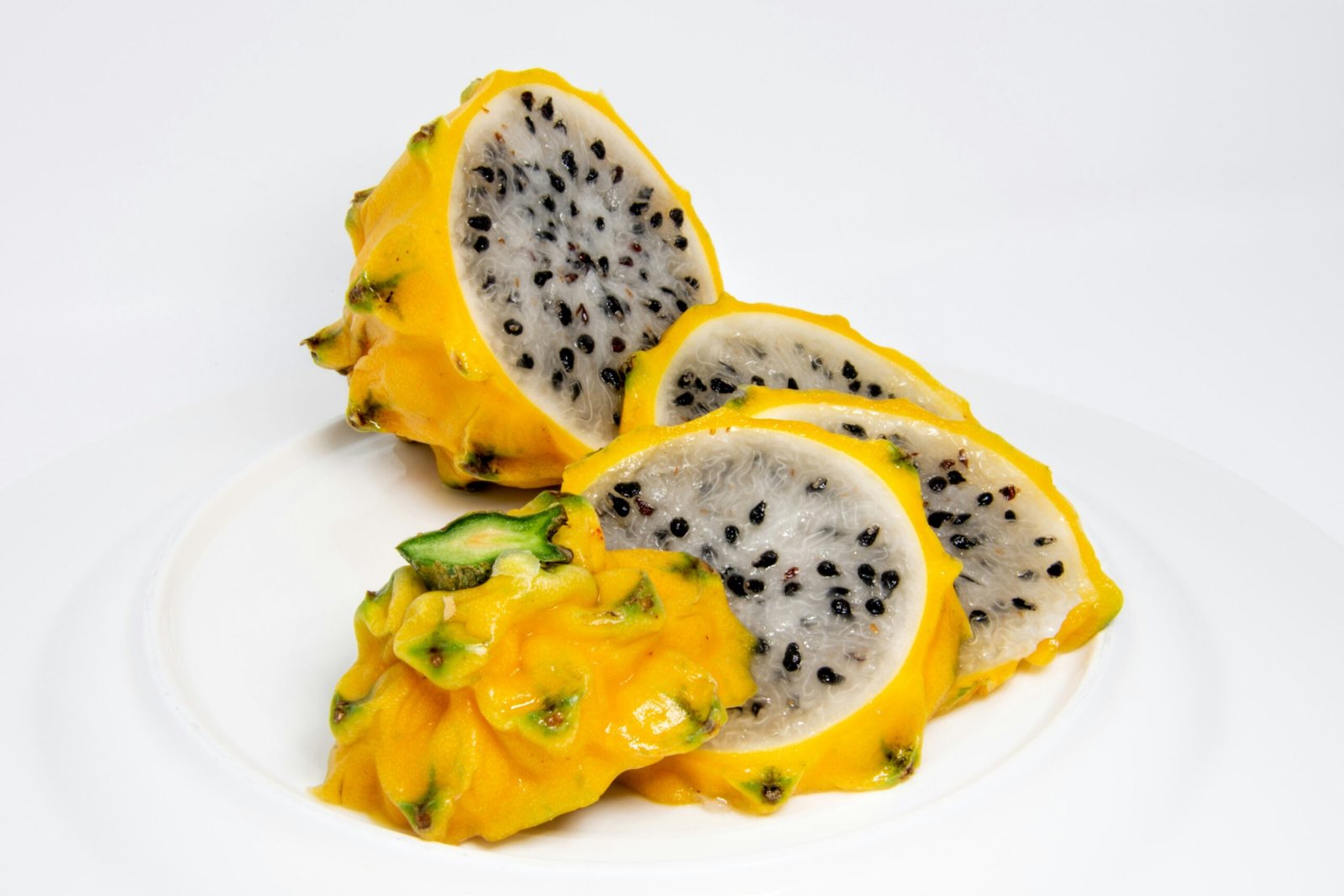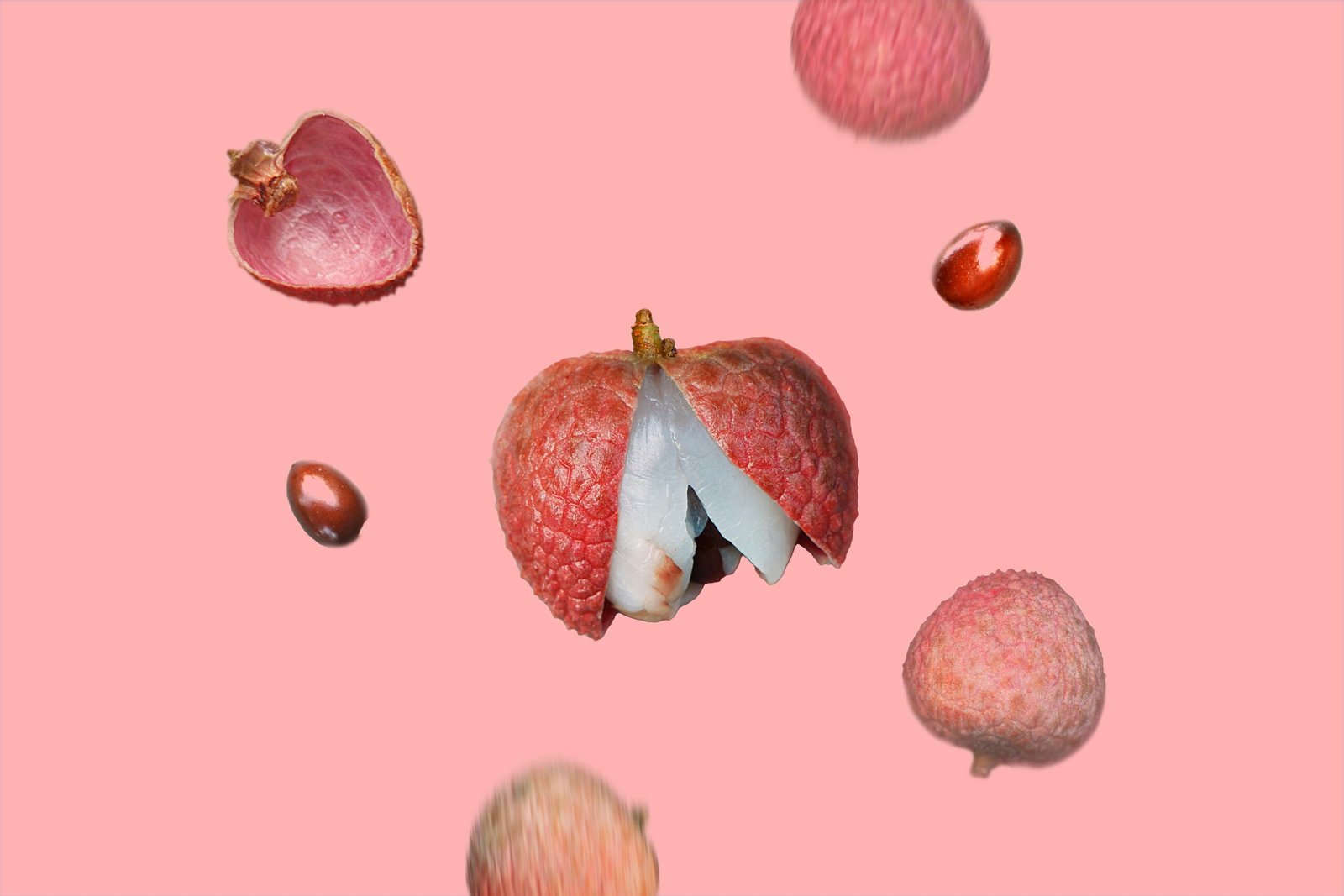
Understanding the Botanical Classification of Cucumber
In the realm of botany, the classification of plants follows strict criteria that often diverge from culinary perspectives. To determine whether a plant is a fruit or a vegetable, botanists consider specific reproductive characteristics. Scientifically, a fruit is defined as the mature ovary of a flowering plant, typically containing seeds. This definition encompasses a wide variety of plant structures that develop from the fertilized ovary of a flower and serve the purpose of seed dissemination.
Cucumbers (Cucumis sativus) exhibit all the hallmarks of botanical fruits. They develop from the flower of the cucumber plant and house seeds within their flesh. As the cucumber grows, the ovary expands and matures, aligning perfectly with the botanical criteria for a fruit. This classification can be surprising to many because cucumbers are often thought of as vegetables in culinary contexts.
The distinction between botanical and culinary classifications often leads to confusion. While botanically classified as fruits, cucumbers are typically used as vegetables in the kitchen. This culinary classification is based on their flavor profile and usage in savory dishes. Unlike sweet fruits such as apples or oranges, cucumbers have a mild, slightly bitter taste, making them more suitable for salads, sandwiches, and savory dishes.
Understanding the botanical classification of cucumbers not only clarifies their scientific status but also highlights the fascinating ways in which plant structures and functions are categorized. By recognizing cucumbers as fruits, we appreciate the intricate processes of plant reproduction and seed development. Moreover, this knowledge underscores the importance of context when classifying plant-based foods, as the culinary and botanical worlds often view the same produce through different lenses.
The Culinary Perspective: Cucumber as a Vegetable
The distinction between fruits and vegetables can be complex, especially when considering culinary practices. In the kitchen, cucumbers are overwhelmingly classified as vegetables. This categorization is rooted in their savory flavor profile and the contexts in which they are most commonly used. From salads to sandwiches, cucumbers serve a versatile role, providing a refreshing crunch and subtle flavor that complements a wide range of dishes.
In global cuisines, cucumbers are a staple ingredient. In Western culinary traditions, they frequently appear in garden salads, often paired with tomatoes, lettuce, and other vegetables. The classic cucumber sandwich, a staple in English tea culture, showcases the vegetable’s mild taste and crisp texture. In Eastern European cuisine, cucumbers are often pickled to create dill pickles, which add a tangy element to meals. Asian cuisines incorporate cucumbers in various ways, including in sushi rolls, stir-fries, and salads, where they provide a cooling balance to spicier ingredients.
The culinary use of cucumbers extends beyond their fresh form. Pickling, for instance, transforms cucumbers into a long-lasting pantry staple, enhancing their flavor and nutritional profile. Pickled cucumbers are a beloved addition to sandwiches, burgers, and even as standalone snacks.
One reason cucumbers are grouped with vegetables in the culinary realm is their nutritional profile. Cucumbers are low in calories, making them an ideal choice for health-conscious diets. They are composed of about 95% water, contributing to hydration. Additionally, cucumbers are rich in essential vitamins and minerals, including vitamin K, vitamin C, and potassium. These nutrients play crucial roles in maintaining overall health, from supporting bone health to aiding in digestion.
Overall, cucumbers’ versatility, savory flavor, and nutritional benefits cement their status as a vegetable in culinary contexts. Whether enjoyed fresh, pickled, or as part of a broader dish, cucumbers continue to be a beloved and healthy choice in kitchens around the world.





